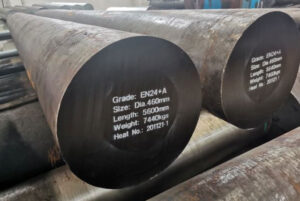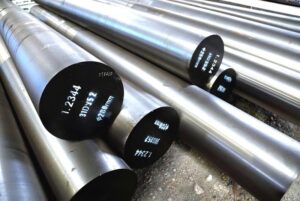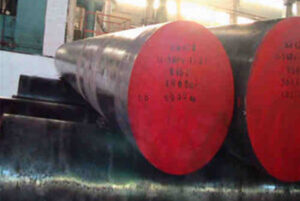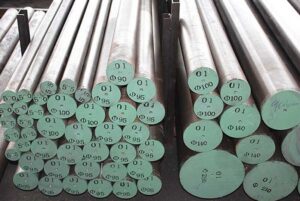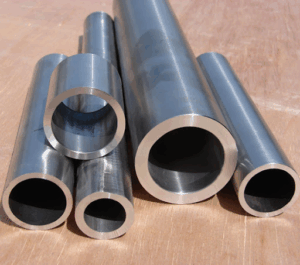Overview of ASTM A304 Stainless Steel
ASTM A304 Stainless Steel, commonly known as Type 304 Stainless Steel, is the most widely used stainless steel alloy. It is prized for its excellent corrosion resistance, high strength, and versatility. In various industries, from kitchenware to aerospace, ASTM A304 is a staple material. But what makes it so special? Why is it preferred over other stainless steel types? Let’s dive deep into the world of ASTM A304 Stainless Steel and uncover its secrets.
Chemical Composition of ASTM A304 Stainless Steel
Understanding the chemical composition of ASTM A304 Stainless Steel is crucial to appreciate its unique properties. The elements in this alloy are carefully balanced to optimize performance.
| Element | Percentage (%) |
|---|---|
| Carbon (C) | 0.08 max |
| Chromium (Cr) | 18.0 – 20.0 |
| Nickel (Ni) | 8.0 – 10.5 |
| Manganese (Mn) | 2.0 max |
| Silicon (Si) | 1.0 max |
| Phosphorus (P) | 0.045 max |
| Sulfur (S) | 0.030 max |
| Nitrogen (N) | 0.10 max |
| Iron (Fe) | Balance |
Why This Composition Matters
The high chromium and nickel content gives ASTM A304 its outstanding corrosion resistance and ability to withstand high temperatures. Carbon, though present in small amounts, ensures the alloy’s strength and hardness. Other elements like manganese and silicon are added to enhance the overall structural integrity and durability.
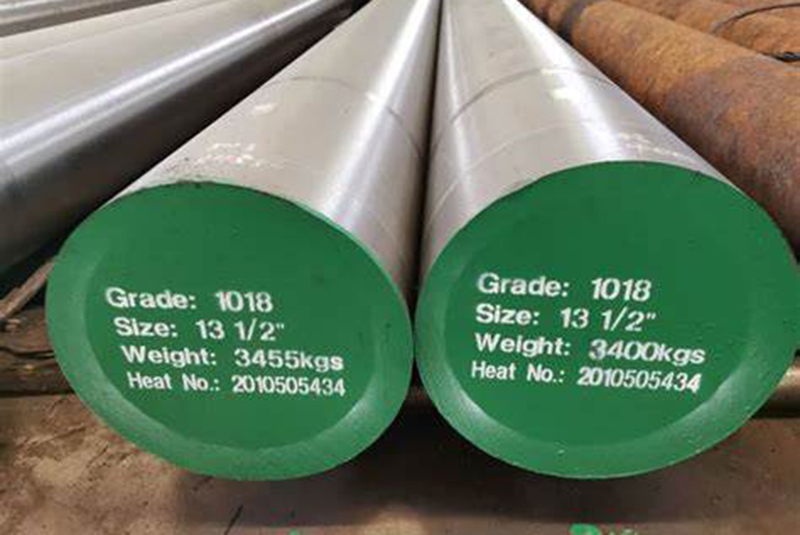
Mechanical Properties of ASTM A304 Stainless Steel
Mechanical properties determine how a material reacts under various types of stress. ASTM A304 Stainless Steel shines in this aspect, making it suitable for a myriad of applications.
| Property | Value |
|---|---|
| Tensile Strength | 515 – 720 MPa |
| Yield Strength | 205 – 515 MPa |
| Elongation at Break | 40 – 60% |
| Hardness (Brinell) | 123 – 223 HB |
| Hardness (Rockwell B) | 70 – 95 HRB |
| Modulus of Elasticity | 193 – 200 GPa |
What These Numbers Mean
Tensile strength indicates the maximum stress that ASTM A304 can withstand while being stretched or pulled. Yield strength shows the stress at which a material begins to deform plastically. High elongation at break means the material can undergo significant deformation before breaking, which is crucial for applications requiring flexibility.
Applications of ASTM A304 Stainless Steel
Thanks to its versatile properties, ASTM A304 Stainless Steel finds use in various industries. Here are some common applications:
| Industry | Application |
|---|---|
| Food & Beverage | Kitchenware, Food Processing Equipment |
| Medical | Surgical Instruments, Implants |
| Construction | Architectural Panels, Railings |
| Automotive | Exhaust Systems, Trim |
| Aerospace | Structural Components, Fasteners |
| Chemical Processing | Tanks, Piping |
Why Choose ASTM A304 for These Applications?
The combination of strength, corrosion resistance, and ease of fabrication makes ASTM A304 ideal for demanding environments. In the food industry, its non-reactive nature ensures safety and hygiene. In construction, it provides both structural integrity and aesthetic appeal.
Heat Treatment of ASTM A304 Stainless Steel
Heat treatment processes can significantly affect the properties of ASTM A304 Stainless Steel. Here’s a breakdown of common heat treatments and their effects.
| Heat Treatment | Process Description | Effect on Properties |
|---|---|---|
| Annealing | Heating to 1010-1120°C and cooling | Relieves stress, improves ductility |
| Quenching | Rapid cooling after heating | Hardens the material |
| Tempering | Heating to a moderate temperature post-quenching | Reduces brittleness, improves toughness |
| Solution Treatment | Heating and holding at a high temperature | Dissolves precipitates, enhances corrosion resistance |
Heat Treatment Insights
Annealing softens ASTM A304, making it easier to work with during fabrication. Quenching and tempering are less common but can be used to tweak the mechanical properties for specific applications.
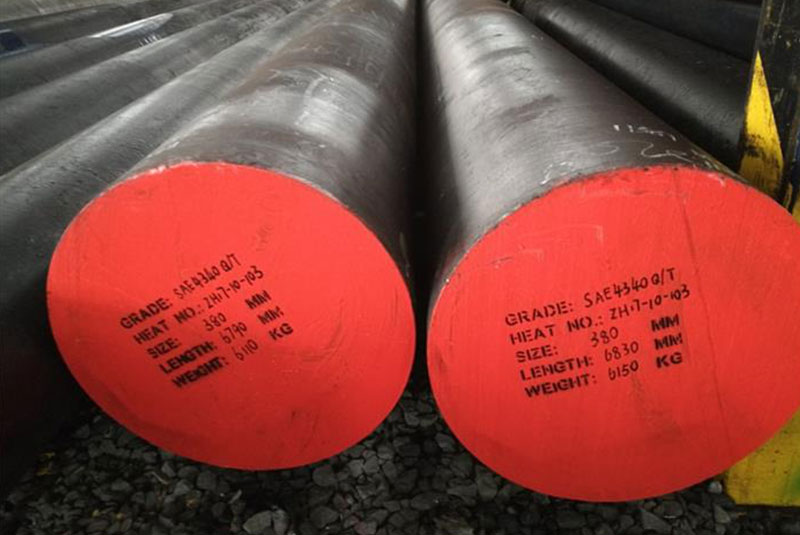

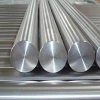
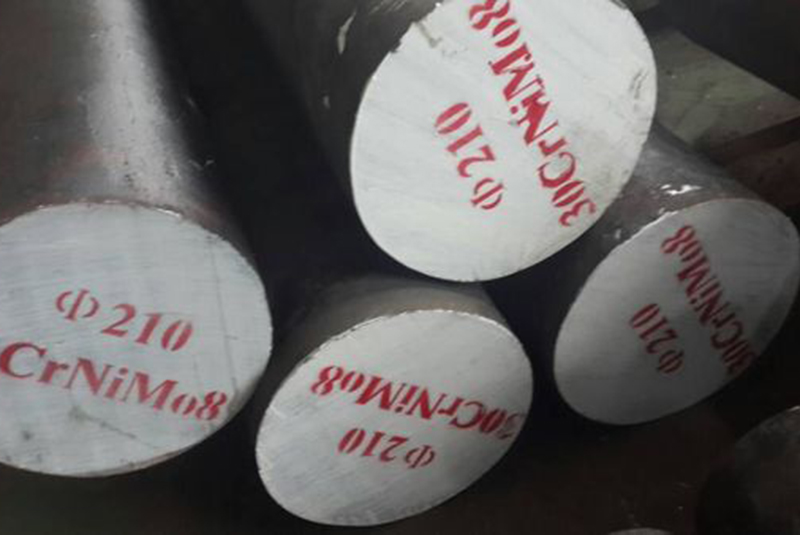
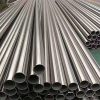
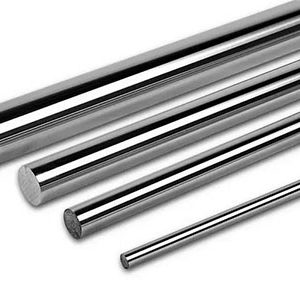
Suppliers and Pricing of ASTM A304 Stainless Steel
Finding reliable suppliers and understanding pricing can be pivotal when choosing ASTM A304 Stainless Steel.
| Supplier | Location | Price Range ($ per kg) |
|---|---|---|
| AK Steel | USA | 2.50 – 3.50 |
| Outokumpu Stainless | Finland | 2.80 – 3.70 |
| ArcelorMittal | Luxembourg | 2.60 – 3.60 |
| POSCO | South Korea | 2.70 – 3.65 |
| Aperam | Brazil | 2.55 – 3.55 |
Factors Affecting Pricing
Prices can vary based on factors like market demand, the form of the material (sheets, plates, bars, etc.), and additional treatments or certifications. Always consider these variables when comparing prices from different suppliers.
Advantages and Disadvantages of ASTM A304 Stainless Steel
While ASTM A304 is a fantastic material, it’s essential to weigh its pros and cons compared to other stainless steel grades.
| Aspect | Advantages | Disadvantages |
|---|---|---|
| Corrosion Resistance | Excellent in various environments | Not suitable for chloride-rich environments |
| Strength | High tensile and yield strength | Lower compared to some high-performance alloys |
| Workability | Easy to weld, cut, and form | Work hardening can be an issue |
| Cost | Generally affordable | More expensive than carbon steel |
| Availability | Widely available | N/A |
Why It’s Often the Better Choice
ASTM A304 Stainless Steel strikes a balance between cost and performance, making it the go-to choice for many applications. Its versatility and reliability make it a popular choice across various industries.
Comparing ASTM A304 with Other Stainless Steel Grades
Understanding how ASTM A304 stacks up against other stainless steel grades can help in making informed decisions.
ASTM A304 vs. ASTM A316
| Aspect | ASTM A304 | ASTM A316 |
|---|---|---|
| Corrosion Resistance | Excellent, but not in chloride environments | Superior, especially in chloride environments |
| Composition | Higher in chromium and nickel | Contains molybdenum for added resistance |
| Cost | Generally lower | More expensive |
| Applications | General use, food industry | Marine environments, chemical processing |
ASTM A304 vs. ASTM A430
| Aspect | ASTM A304 | ASTM A430 |
|---|---|---|
| Corrosion Resistance | Excellent | Comparable, with slight variations |
| Composition | Standard alloy elements | May contain different alloying elements |
| Cost | Affordable | Varies depending on specific alloy composition |
| Applications | Widely used | Specific high-temperature or high-stress applications |
Choosing Between Grades
When deciding between ASTM A304 and other grades, consider the specific requirements of your application. If corrosion resistance in chloride-rich environments is critical, ASTM A316 might be a better choice despite its higher cost. For general applications, ASTM A304 often provides the best balance of properties and cost.
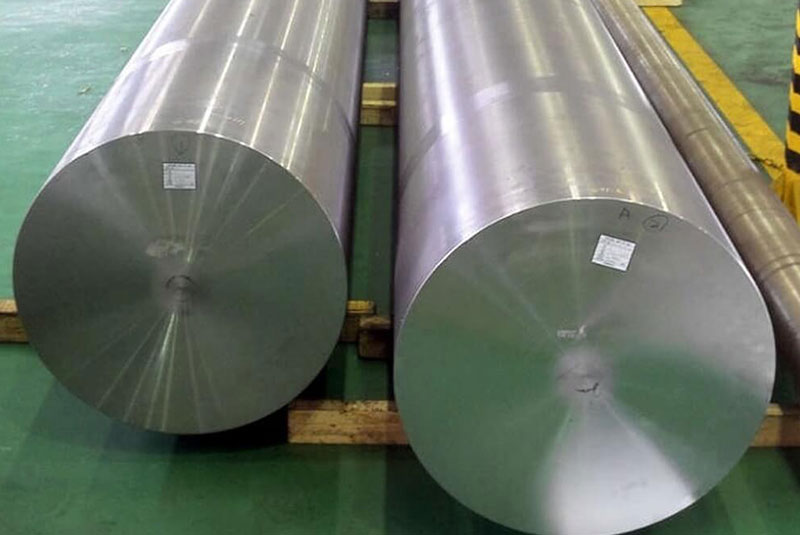
FAQs
Here’s a quick FAQ section to address common questions about ASTM A304 Stainless Steel.
| Question | Answer |
|---|---|
| What is the melting point of ASTM A304 Stainless Steel? | Approximately 1400 – 1450°C |
| Can ASTM A304 be used in marine environments? | Not ideal; ASTM A316 is better suited due to its higher corrosion resistance. |
| Is ASTM A304 magnetic? | Generally non-magnetic, but can become slightly magnetic after cold working. |
| How does ASTM A304 compare to carbon steel? | Better corrosion resistance and strength, but more expensive. |
| What welding methods are suitable for ASTM A304? | Most common methods, including TIG, MIG, and resistance welding. |
Conclusion
ASTM A304 Stainless Steel is a remarkable material that offers a blend of strength, corrosion resistance, and versatility. Whether you’re working in the food industry, constructing buildings, or designing automotive components, ASTM A304 stands out as a reliable and cost-effective choice. Its widespread availability and ease of fabrication make it a staple in many industries. So next time you’re faced with a material selection, consider ASTM A304—it might just be the perfect fit for your needs.

